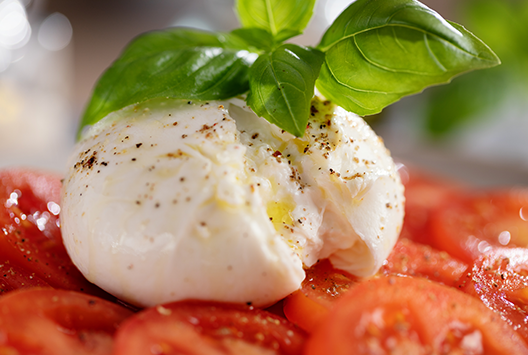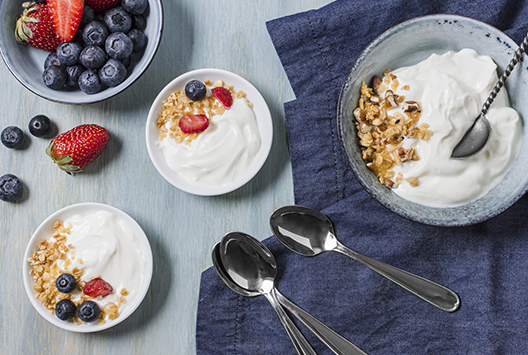
Grilled Halloumi Cheese: Perfectly Delicious Recipes
Similar
Halloumi cheese is loved around the world for its unique texture and salty flavor. Originating from Cyprus, this semi-hard cheese stands out because it doesn’t melt when grilled. Instead, it develops a golden, crispy outside with a soft, chewy center. Whether you’ve enjoyed halloumi before or are just getting started, learning to grill it perfectly will take your meals to the next level.
How to Grill Halloumi
Grilling halloumi is simple and quick. Here’s how to get it just right:
Heat the Grill or Pan: Preheat your grill or pan so it’s nice and hot. This will help the halloumi get that perfect sear.
Slice the Halloumi: Cut the cheese into thick slices, about 1/3 to 1/2 inch thick. Thicker slices stay firm, while thinner slices may fall apart.
Oil It (Optional): While halloumi doesn’t require oil, brushing it with a little olive oil can add flavor and prevent sticking.
Grill It: Place the slices directly on the grill or pan. Cook for about 2-3 minutes on each side, or until they turn golden-brown.
Serve Immediately: Grilled halloumi tastes best when it’s hot and fresh. Enjoy it right off the grill for the best texture and flavor.
Grilled Halloumi Recipe Inspos
Once you’ve grilled your halloumi, there are endless ways to enjoy it. Here are a few easy ideas:
1. Grilled Halloumi Salad
Toss your grilled halloumi into a fresh salad with kale, tomatoes, cucumbers, parsley, and quinoa. Drizzle a lemon-orange dressing over the top for a zesty touch. The salty halloumi pairs perfectly with the crisp veggies, creating a deliciously balanced meal.
2. Halloumi Skewers
Thread grilled halloumi onto skewers along with bell peppers, zucchini, and cherry tomatoes. Grill until lightly charred and serve with a side of hummus for dipping. The combination of smoky veggies and salty cheese makes for a flavorful, easy-to-eat snack.
3. Halloumi and Avocado Toast
Upgrade your avocado toast by adding slices of grilled halloumi on top. The creamy avocado and salty halloumi make for a satisfying snack or light meal that’s perfect for any time of day.
4. Halloumi Burgers
Replace the usual burger patty with a slice of grilled halloumi in your next burger. Top it with roasted veggies and a garlic red pepper aioli for a flavorful and delicious twist on the classic burger.
5. Grilled Halloumi with Pesto Ciabatta
Take your grilled halloumi and toasted ciabatta and spread a generous amount of pesto on each half. Layer the grilled halloumi on the bottom half, add a handful of fresh arugula or spinach, and top with the other half of the ciabatta. For extra flavor, you can add sliced tomatoes, sundried tomatoes, or roasted red peppers.
Final Thoughts
Grilled halloumi is a delicious and easy way to elevate your meals. Try Baladna Halloumi today and enjoy the simple pleasure of perfectly grilled halloumi!



